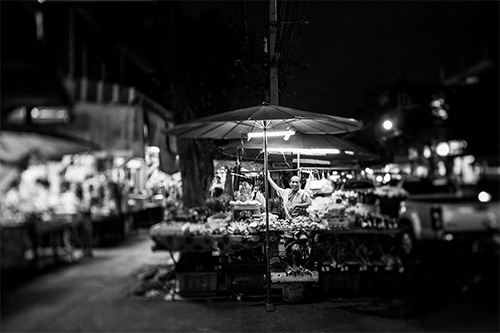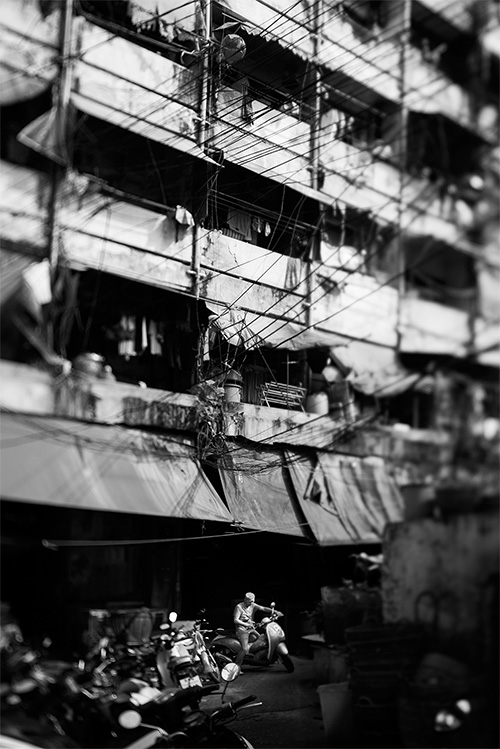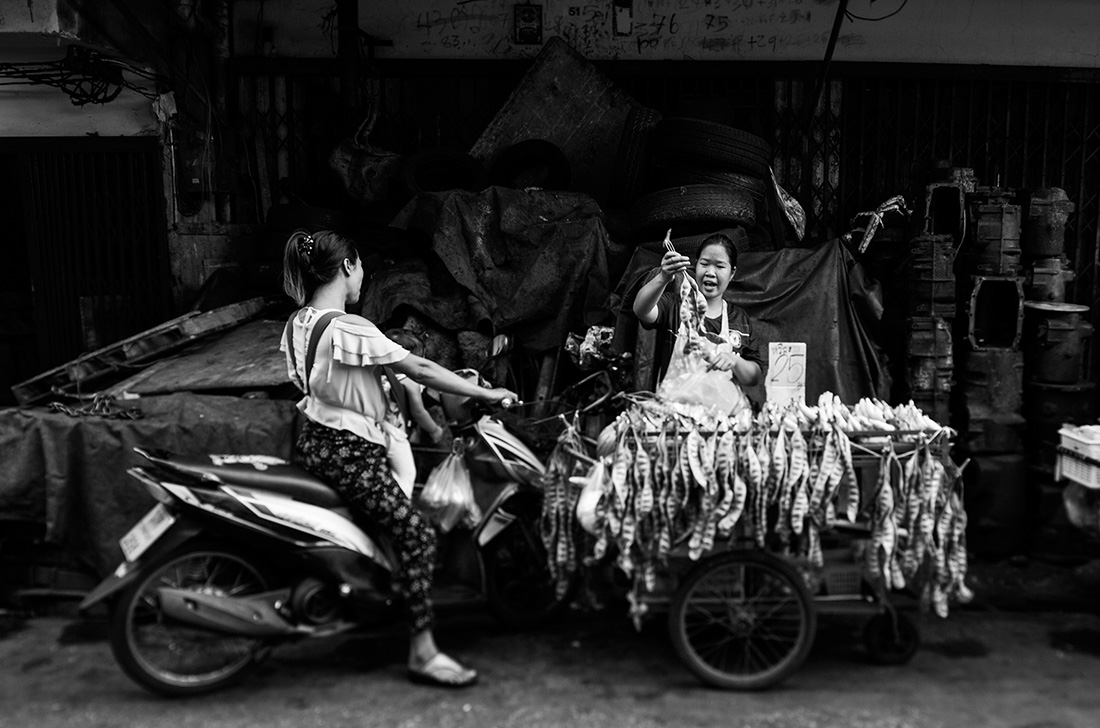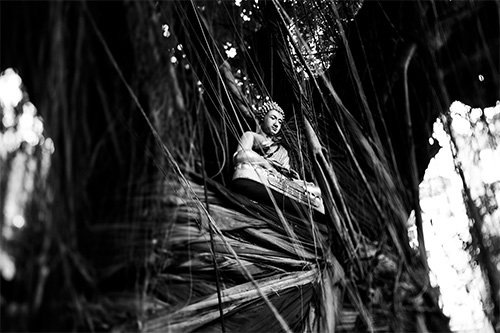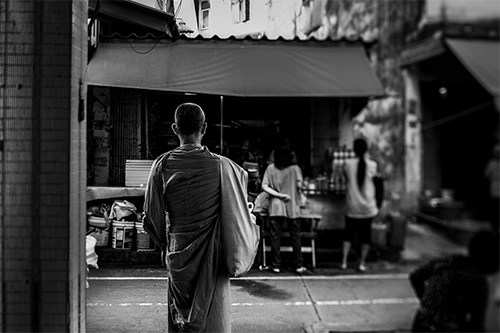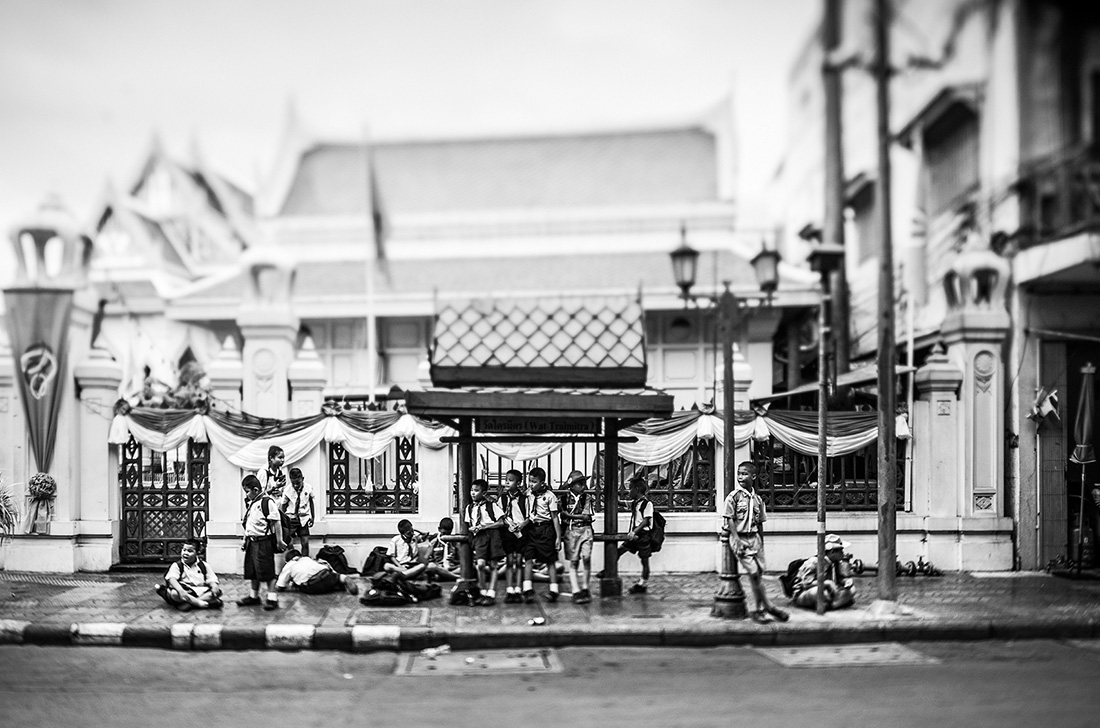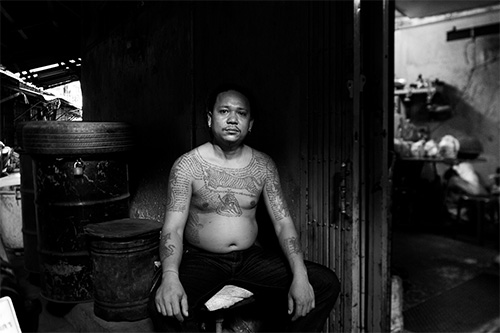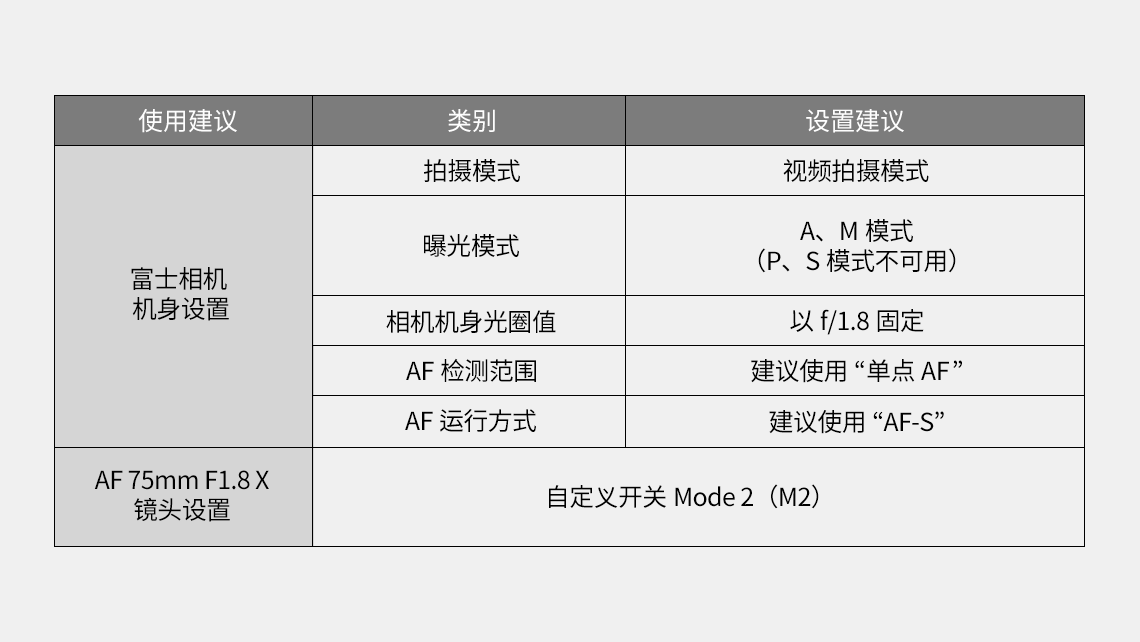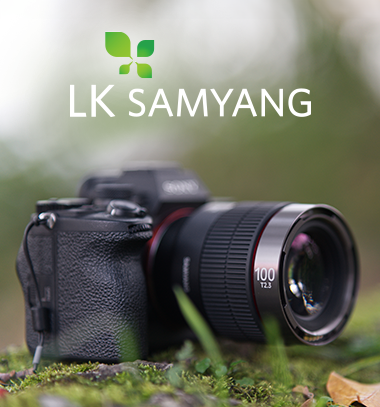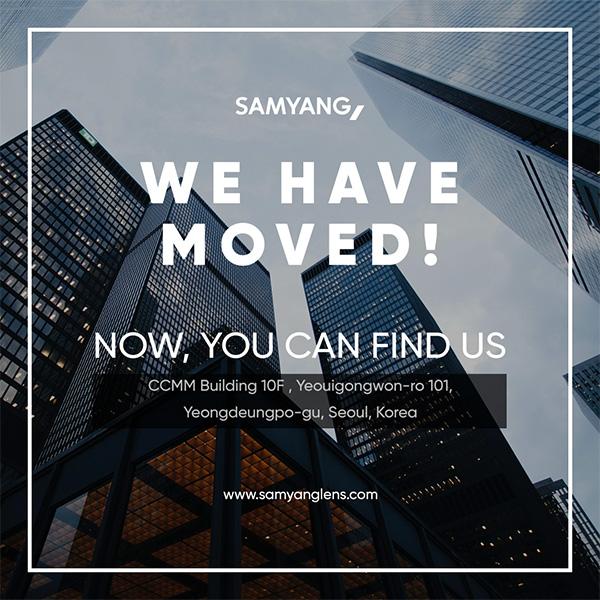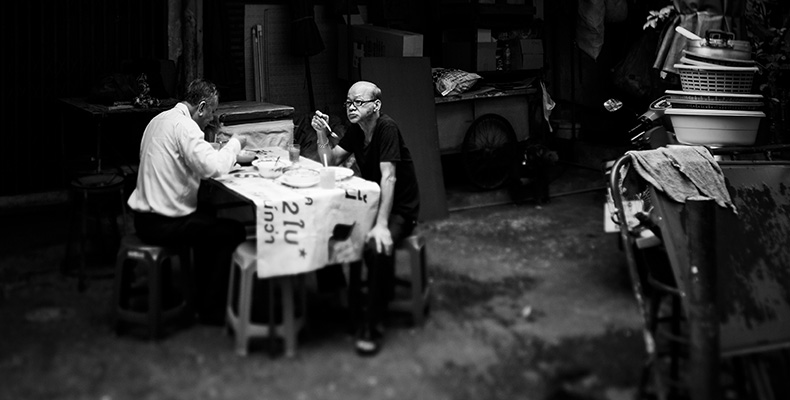BLOG
Unseen sides of Bangkok
Bangkok never bores me visually,
there’s always something that seemed familiar ready to
surprise you and offer itself to you in a different way.
This is probably partly because I have used and continue to use every possible kind of format to document this city of extreemes,
from large format to panoramic, 6x6, polaroid and 35mm trying something new is always of interest to experiment and find new perspectives.
After documenting my neighbourhood with a 14mm lens last time around and seeing things completely differently,
way wider than I had ever before, it was time to try my hand at documenting life in a favourite little cluster of Chinatown with a TSE lens this time.
I’ve used large format cameras
for many years and am familiar with
camera movements from a bellows system to
shot architecture and create special affects.
I find using a 4x5 camera to be a very enjoyably slow and almost meditative process that is the antidote to the fast paced shooting of my assignment work, where speed is of the essence.
I had actually never used a TSE lens prior to this project and after taking the lens out for a first walk quickly wondered if I had gone completely mad to venture out to shoot street scenes, documentary style with such a lens!
This definitely had to be the hardest lens ever to use for street photography, due to the need for precise focus when tilting and also how that effects the metering. I can see why one uses the TSE lenses for a slower type of photography. I had to accept that many images that I usually capture very fast would not really be possible this time and I had to take my time.
This forced me to slow down and take a look at the neighbourhood in different ways. I wanted to play more with texture and contrast so I opted for monochrome this time looking for interesting ways to isolate elements. This is very much a return to my roots here. As colourful as Bangkok is I have always, ever since my first visit in 1999 been attracted to documenting it in black and white, especially in more “gritty” areas of the city, where texture stands out so much more than colour.
I spent a lot of time walking in the small streets and alleyways of Talat Noi, an area between the Chao Praya river and Bangkok’s Chaorenkrung road.
It’s a fascinating area loaded with history.
Charoenkrung road was originally
built in the 1860’s upon request of
foreign consuls to connect embassies
and riverside trading companies to
Bangkok’s city centre.
The road, then known as Thanon Mai (new road) was for many years the capital’s main thoroughfare. In the 1890’s a tram line was introduced, which was eventually decommissioned in 1963. As business interests shifted to other areas of the city, Charoen Krung saw a decline in activity and many buildings were left unused.
While the neighbourhood is going through many changes the side streets are as authentic as ever and full fascinating activity. Walks through Talad Noi’s little alleyways turn into adventures through a time warp, so incredibly far removed from the noise and bustle of Sukhumvit.
And for me these walks always turn into conversations with locals, market vendors, street food vendors, monks from the many local temples and metal workshop workers too, many of whom I know personally now after chatting so many times. This is a big part or what makes the area so fascinating, old traditional shop houses in every little street are filled with car parts, from old chassis to whole engines to engine parts, huge piles of break pads, bolds and everything that can possibly be salvaged, all being repurposed or collected for the value of the metals. Sparks fly everywhere in the shop houses as workers polish and solder parts together. The smell of engine oil is everywhere in the small alleys. Busy, strong workers carry heavy engine parts from one end of the street to another, as tuk tuks, motorbikes and cars all squeeze through the narrow streets.
Early in the mornings, monks converge towards the local market
to get their morning alms as parents in a rush shuttle their children on motorbikes
to the local school, picking up street food snacks on the way.
The neighbourhood’s rich history its old shrines, houses and warehouses also give off a kind of magical almost eerie feeling at times, strange little altars and shrines are often found in quiet corners, offerings of sodas and plates of food left to keep evil spirits at bay. Because of the mixed history of the area, Chinese and Therevada Buddhist spiritual traditions are felt everywhere, each Chinese house having an ancestor shrine inside. Behind a row of shop houses away fro the noise of the busy main street, a stone Buddha statue sits high up in a scared banyan tree between abandoned car and a small cluster of slum houses by the river, as if watching over the local residents.
Nearby a tattooed local metal worker takes a break overheated from all the heavy work, he tells me his story, he’s from Isaan the North Eastern part of Thailand, and came to Bangkok as a teenager seeking work. “It’s hard work but there’s a great gang of people here, when we’re done with our work, we have drinks by the river in the evening.”
This sort of atmosphere soothes me and the quiet moments of walking around in these neighbourhoods are my way to escape Bangkok’s hectic pace, this city of extremes.
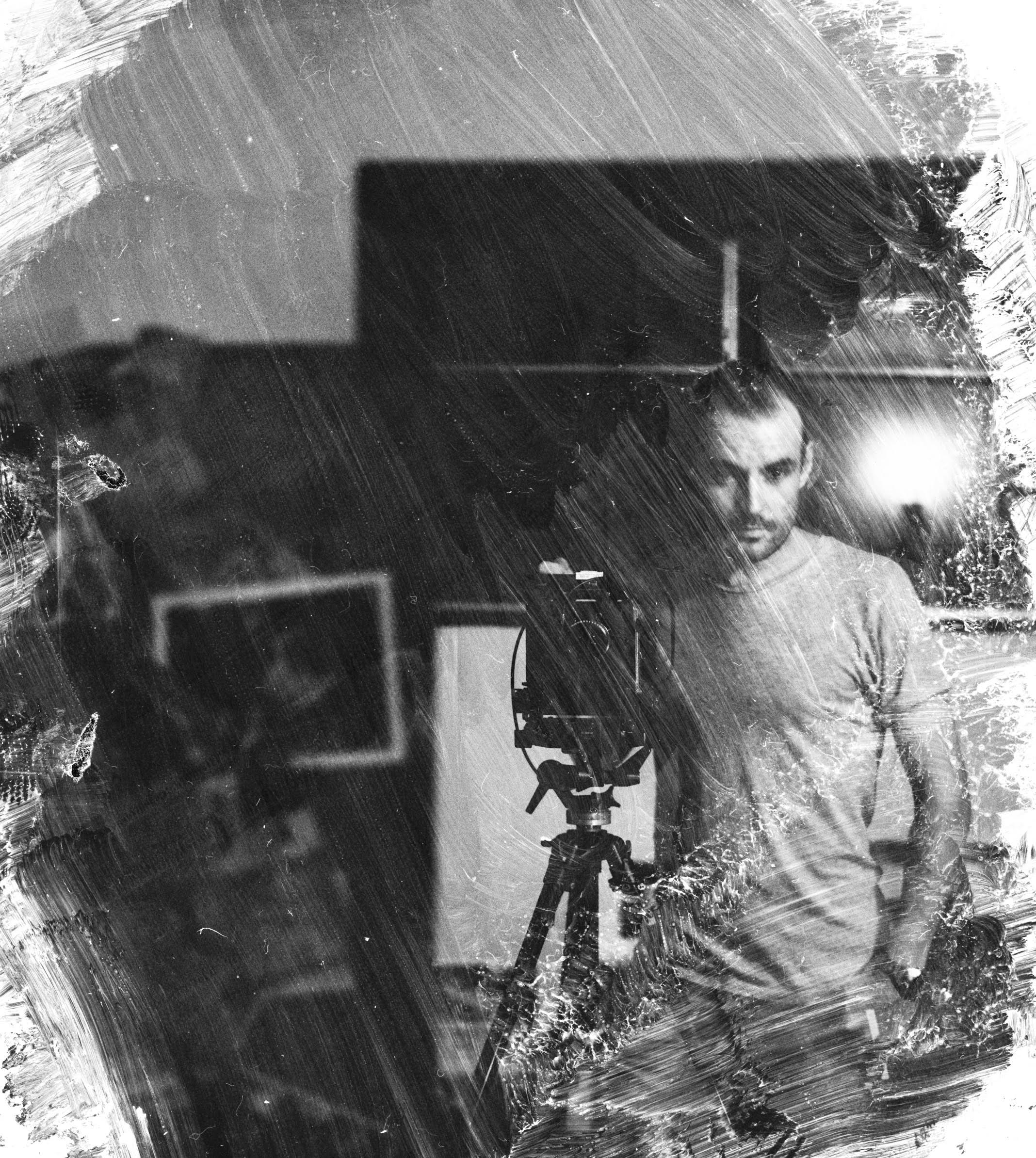

 XP 14mm F2.4
XP 14mm F2.4
 EOS 5D Mark Ⅲ
EOS 5D Mark Ⅲ
 F1.0
F1.0
 1/400 sec
1/400 sec
 100
100
 Normal
Normal
 -
-
 -
-
 -
-
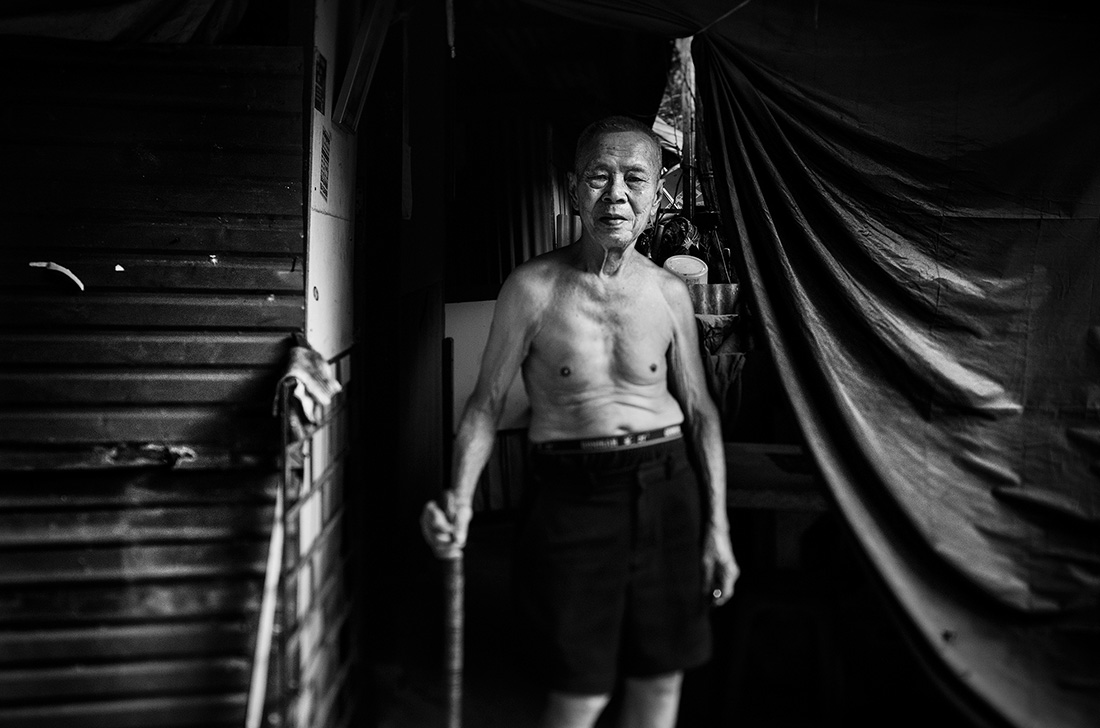
 XP 14mm F2.4
XP 14mm F2.4
 EOS 5D Mark Ⅲ
EOS 5D Mark Ⅲ
 F1.0
F1.0
 1/200 sec
1/200 sec
 800
800
 Manual
Manual
 -
-
 -
-
 -
-

